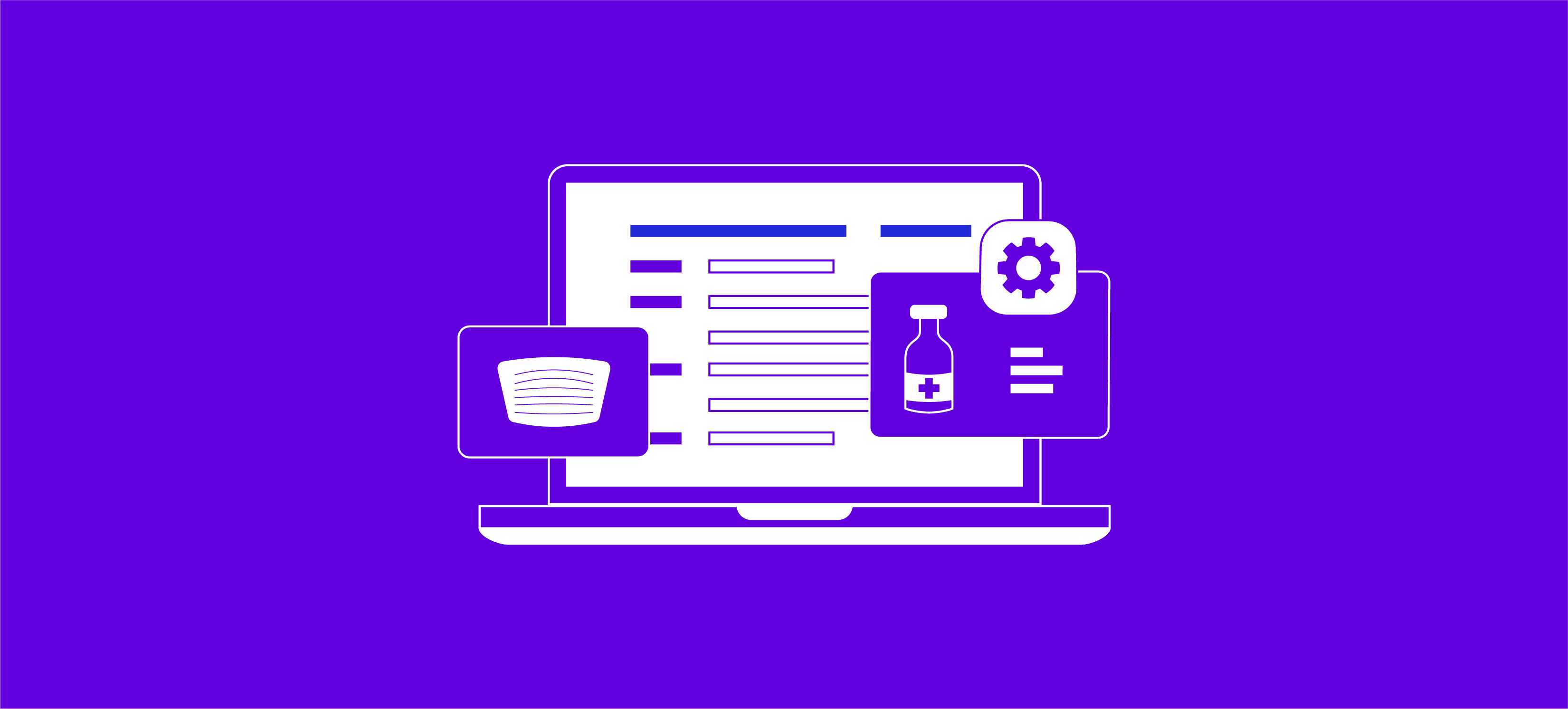The Financial Impact of Tying Privileges to Medical Codes


Delivering safe, high-quality patient care requires your healthcare organization to vet providers’ qualifications, properly delineate clinical privileges, and monitor ongoing performance for compliance and improvement. In parallel, providers must accurately and completely document diagnosis and procedure codes to bill and receive reimbursement. But the compilation of ever more patient, provider, diagnosis, and outcomes data in multiple platforms makes it near impossible to aggregate and efficiently tap into information for decision making.
Further, lacking integration and insight for provider data management—including the ability to map codes (e.g., ICD, CPT, HCPCS) to privileges—is problematic in the era of healthcare payment reform, which rewards quality over quantity.
Read on to learn more about the financial ties among coding, privileging, quality outcomes, and billing and reimbursement.
Connecting coding, privileging, and reimbursement
Medical coding accuracy, of course, affects reimbursement timelines and denials. Providers must maintain proper medical records and documentation of services rendered. They must ensure that claims submitted for payment are supported by that documentation. Errant billing codes cause unnecessary delays in payments, fines, fraud investigations, and potential suspension of reimbursements. Any one of these outcomes negatively affects hospital and health system finances.
Healthcare organizations, for their part, are responsible for ensuring that providers deliver only those procedures and services that they’re privileged for and currently competent to perform. Further, each facility in any healthcare system must maintain the proper equipment, resources, and staff to support the procedures and services they offer.
Tying codes to privileges affirms that caregivers are providing only authorized procedures and services, and billing becomes significantly more accurate as all procedures and services performed are verified.
The administrative hurdles surrounding coding and privileging compliance are simply the beginning, as insurers and government agencies are demanding database integration and communication. Tackling the challenges of implementing a solution that maps privileges to codes sooner rather than later alleviates economic challenges today and in the future, as the landscape of delivering quality care becomes even more complex.
The effects of value-based care
Under some value-based care models, such as risk share, payers and providers share revenue if they deliver quality care at a lower cost than budgeted for. In addition, in risk share models payments tie to outcomes, so organizations receive more appropriate reimbursement when they correctly apply diagnosis codes.
By 2025, CMS aims to have close to 100% of Medicare spending tied to value-based contracts. That will shift about $1 trillion of healthcare risk from the government to hospitals, health systems, and physician practices.
According to CMS, the new regulations for value-based purchasing (VBP) are based on:
-
The quality of care provided to Medicare patients
-
How closely clinical best practices are followed
-
How well hospitals enhance patients’ experiences of care during hospital stays
The Hospital VBP program will receive incentive payments based on:
-
How well they perform on each measure compared with other hospitals’ performance during a baseline period
-
How much they improve their performance on each measure compared to their performance during a baseline period
The reporting measures use a weight of 25% for each of these four areas: Safety, Clinical Care, Efficiency and Cost Reduction, and Person and Community Engagement.
As a result, it’s never been more important to maintain one source of provider data that not only manages privileges and provider performance, but that connects those processes to billing codes.
Far-reaching benefits of tying privileges to codes
The ability to instantly harness and apply information today is fundamental to reducing unnecessary spending and waste to avoid risk. And, if your mission statement includes a commitment to caring, healing, and being accountable to those you serve, it’s impossible to comply if you’re unable to understand or demonstrate whether a provider is privileged to perform the service/procedure you’re billing for. For providers, improving the quality of care they provide—down to the specific privilege—is impossible without that connection.
Tying privileges to diagnosis codes (i.e., ICD-10) and procedure codes (e.g., CPT and HCPCS) supports the needs to reduce risks, avoid fines and penalties, and gain real-time statistics on the type and numbers of procedures your providers perform. Add in the benefits of being able to benchmark data by provider and analyze peer statistics (e.g., mortality rates, readmission rates, etc.)—and your organization can produce meaningful changes in quality assurance and capitalize on privileging best practices.
So, what’s the return on investment?
Even hospitals with sufficient resources find the process of tying ICD/CPT/HCPCS codes to privileges for billing and performance monitoring a time-consuming and daunting task. That said, the need to automate and centralize processes to aggregate quality and performance metrics is not in question. It’s a requirement for future success, and the yield is significant for all involved. The financial effects can take the form of:
- Improved healthcare quality
- Reduced readmission rates
- Reduced operating costs
- Streamlined recredentialing processes
- Increased provider retention
- Increased patient satisfaction
- Reduced risk of litigation
- Higher reimbursement rates
- Better ability to comply with FPPE/OPPE requirements
- Provider retention and trust
Shoring up revenue and cutting costs
The following is a real-world example of how leveraging coding/billing and privileging systems and analytics can be crucial in reducing preventable readmissions, which in turn can reduce healthcare spending and improve care quality:
A hospital with five providers who perform the same type of surgery multiple times weekly has a higher than acceptable readmittance rate. Using tools to tie ICD/CPT codes to privileges provides the opportunity to review statistics on the number of procedures performed per provider and analyze respective readmittance rates. The resulting report shows one provider with a 30% higher readmission rate than the other four. Following review, the report highlights that the provider in question prescribes a different antibiotic, giving the organization the information necessary to administer a prompt and minor change resulting in positive outcomes for more patients as well as realizing a significant impact on reimbursements.
By using medical codes to map a provider's billed procedures to granted privileges, the medical staff office can see how much or how little a provider has been using a granted privilege. In aggregate, such data can help shape broad care offerings and services decisions, further affecting finances.
Ongoing privilege monitoring using billing codes
Beyond potential negative effects on compliance and reimbursement, a lack of coding and privileging data integration hinders performance monitoring efforts like FPPE/OPPE, and by extension hurts efforts to retain providers and prevent burnout. Today, attracting and keeping top talent is difficult, but not impossible. Working with providers through consistent, accurate, and professional performance monitoring and mentoring—rather than taking only post-incident, punitive measures—reduces negative events and cultivates a collegial environment.
Using CPT/ICD/HCPCS codes to map a provider's billed procedures to granted privileges provides the medical staff with another data point for the privilege granter at the time of recredentialing. Without this information, your organization may run the potential risk of complications by, for example, allowing an out-of-practice surgeon to operate on a patient.
Data integration is an investment in compliance
Investing resources into having your ICD/CPT/HCPCS codes integrated with a provider’s privileges saves time and resources; supports compliance with payers, regulators, and accreditors; and ensures that your physicians treat patients with the most up-to-date, effective procedures possible.
Every procedure/service for which a provider can be approved to deliver has a code—and there are thousands of them. (The symplr Provider solution’s library has approximately 10,000.) Without having these codes integrated into a provider privileging solution, the codes must be manually researched and added to each privilege, which can be an inefficient, time-consuming process.
For better, compliance-based privileging decisions, the answer is found in mapping ICD/CPT codes to privileges performed. Tying ICD/CPT codes to privileges supports the delivery of the best patient care possible, and provides a sound framework for all activities in the organization, including:
- Ensuring consistent, quality patient care
- Providing meaningful and actionable reporting
- Facilitating the accreditation audit process
- Attracting and retaining talented providers
- Reducing billing discrepancies and expediting payments
- Standardizing best practices across an entire facility or network
- Monitoring actual procedures performed against privileges granted
- Reducing operational risks of the organization, for both patients and providers
Tying ICD/CPT codes to privileges creates a platform where the entire organization benefits from the ability to leverage accurate, meaningful, and actionable information throughout a single facility or across an enterprise level, multi-facility organization. Moreover, it supports your promise to those you serve: a commitment to excellence, driven by your ability to better manage, analyze, report on, and deliver quality patient care.
Learn more about how provider data management solutions can help your organization quickly and efficiently onboard, prepare, and monitor your providers to safely care for patients.